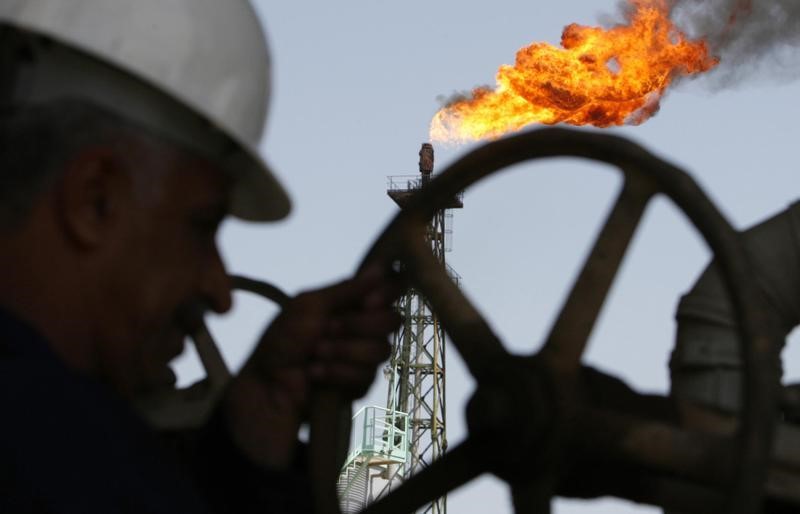By Barani Krishnan
Investing.com – When a tanker attack in the Middle East cannot spur oil to stage a convincing rally beyond a day, it's telling of the market’s fundamentals.
U.S. West Texas Intermediate crude and U.K. Brent oil struggled to stay in a bullish mode Friday after the International Energy Agency (IEA) issued a grim monthly outlook that again raised questions about oil demand amid fears of a global recession.
Just on Thursday, both WTI and Brent had settled up more than 2% after an attack on two oil tankers in the Gulf of Oman stoked fears of a new confrontation between Iran and the United States.
In the latest session, the U.S. crude benchmark settled up 23 cents, or 0.4%, at $52.74 a barrel.
Its U.K. peer gained 70 cents, or 1.1%, to $62.01.
For the week, WTI lost about 3% while Brent showed a decline of around 2%.
Oil’s fundamentals have weakened since hitting 2019 highs of $66.60 for WTI and $75.60 for Brent in April on the combination of OPEC production cuts and U.S. sanctions on Iranian and Venezuelan oil exports.
U.S. crude stockpiles have grown by a net of some 33 million barrels over the past 12 weeks, crossing into the current peak driving season in the United States, when demand for gasoline should be at the year’s highs. On the global economic end, the U.S.-China trade war has intensified, with no end in sight after more than a year of tit-for-tat tariffs that have raised fears of a worldwide recession.
“For now the war on trade is having a greater impact on oil prices than the war on tankers and market participants refuse to take the tanker attacks seriously, at least until a fully laden crude oil VLCC is hit,” said Olivier Jakob of PetroMatrix, an oil market consultancy in Zug, Switzerland.
On cue with the global sentiment, the Paris-based IEA cited worsening prospects for world trade in its monthly report on Thursday.
According to the IEA, U.S. sanctions on Iran and Venezuela, the OPEC-led output cut agreement, fighting in Libya and attacks on tankers in the Gulf of Oman added only limited uncertainty to supply. It noted that outside of OPEC, global supply will grow by an estimated 2.3 million barrels a day next year, well ahead of a 1.4-million-barrel-a-day rise in global demand.
Although the IEA said that economic stimulus packages, like that initiated by China, should support demand, it noted that “the worsening trade outlook (is) a common theme across all regions."
Simon Derrick, strategist at BNY Mellon, said the 4% spike in oil on the back of the tanker attacks in the Gulf of Oman on Thursday “weren’t particularly dramatic when compared to others seen this year," and added that it was telling that oil-related currencies barely budged on the news.
Just like the concerns raised by the IEA on Thursday, Derrick said his colleague John Velis had flagged weakening demand factors for oil aside from oversupply in the New York Fed’s regular Oil Price Dynamics Report.
“In other words, oil prices are beginning to react to the possibility of a global slowdown (much as they did in the summer of 2008),” Derrick said.
